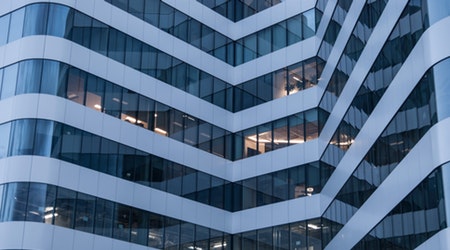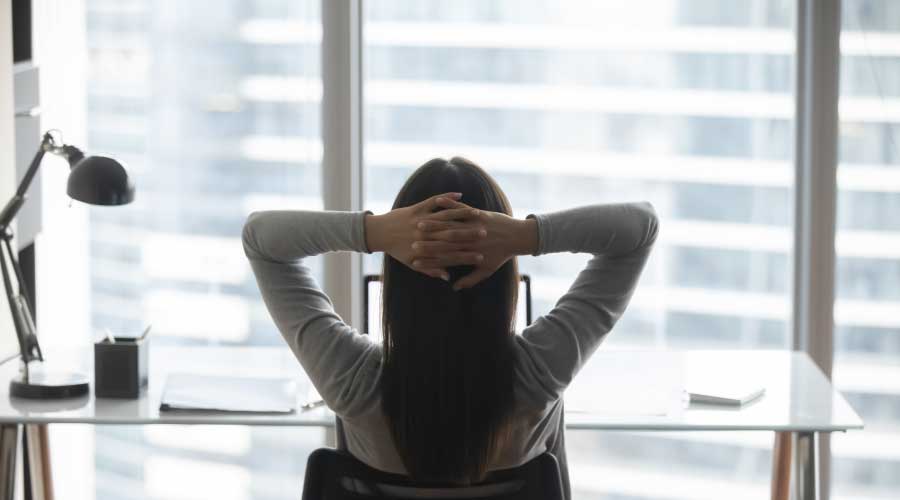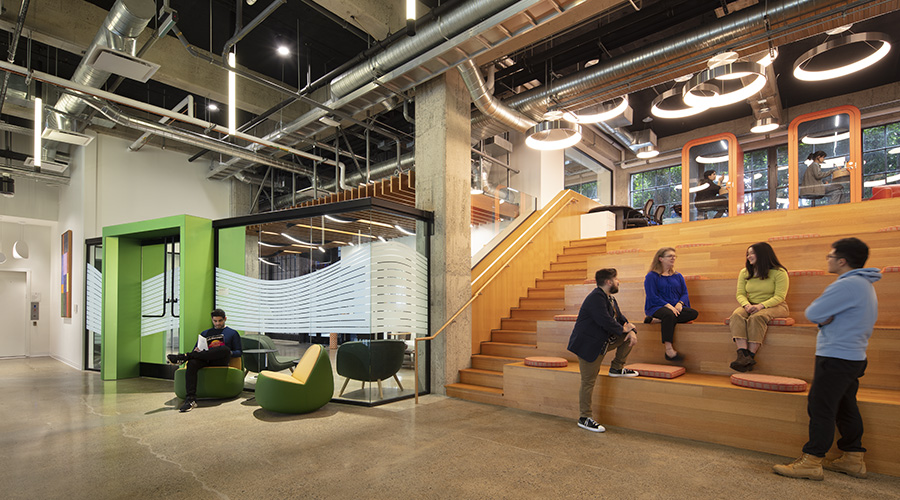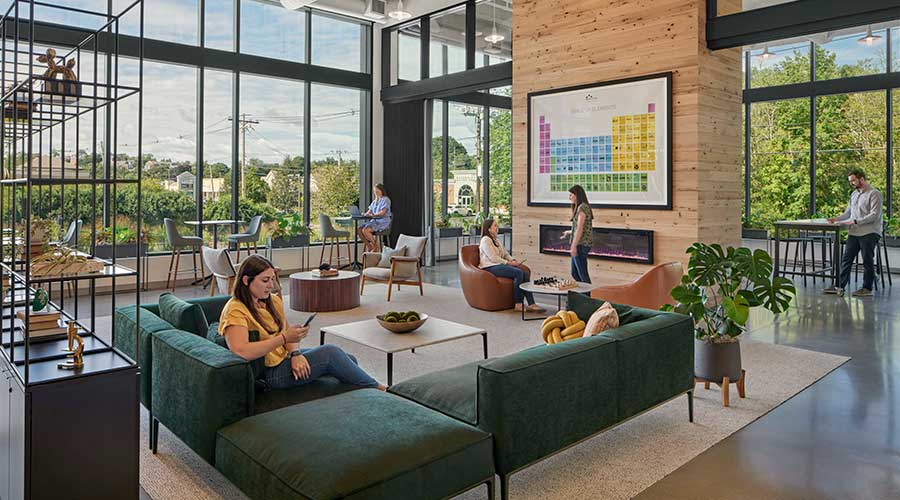Green Building Study Finds Benefits of Building Green Outweigh Cost Premium
Green buildings cost, on average, less than 2 percent more to build than conventional non-green buildings, according to a study of 150 green buildings across the U.S. and in 10 countries.
Green buildings cost, on average, less than 2 percent more to build than conventional non-green buildings, according to a study of 150 green buildings across the U.S. and in 10 countries.
Most green buildings cost 0 percent to 4 percent more than conventional buildings, with the largest concentration of reported "green premiums" between 0 percent to 1 percent. Green premiums increase with the level of greenness but most buildings certified under the U.S. Green Building Council's LEED program, up through gold level, can be built for the same cost as conventional buildings, according to the study.
This stands in contrast to public perception, such as a 2007 survey by the World Business Council for Sustainable Development, which found that business leaders believe green buildings to be on average 17 percent more expensive than conventionally designed buildings.
The study, Greening Buildings and Communities: Costs and Benefits, also finds that energy savings alone outweigh the initial cost premium in most green buildings. The present value of 20 years of energy savings in a typical green office ranges from $7/sf (certified) to $14/sf (platinum), more than the average additional cost of $3 to $8 per square feet for building green.
Roughly 50 percent of green buildings in the study's data set see the initial "green premium" paid back by energy and water savings in five years or less.
Green buildings are seeing increased market value (higher sales/rental rates, increased occupancy and lower turnover) compared to comparable conventional buildings. CoStar, for example, reports an average increased sales price from building green of more than $20/sf providing a strong incentive to build green even for speculative builders.
"The deep downturn in real estate has not reduced the rapid growth in demand for and construction of green buildings," says Greg Kats, the study's lead author and a Managing Director of Good Energies. "This suggests a flight to quality as buyers express a market preference for buildings that are more energy efficient, more comfortable and healthier."
Related Topics:












